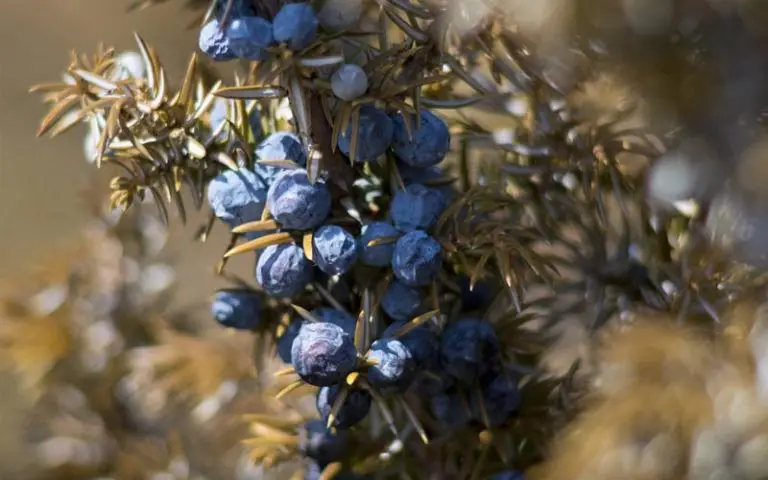How Often Should You Water a Juniper Bonsai

The genus Juniper belongs to the cypress family and is one of the most popular choices for bonsai. Among the varieties of Junipers available in the stores are the Japanese Garden and Chinese Juniper. Since these bonsai trees are easy to grow, they make an excellent choice for beginners.
Watering a Juniper Bonsai
Every bonsai plant has its own watering requirements, which may vary according to its indoor environment. Factors that determine the watering schedule are temperature, lighting, and soil type. It’s best to observe your new plant for the first few weeks and then arrive at its ideal schedule. You must know that over-watering your juniper bonsai can cause its roots to rot.
To know when your plant needs water, you should check the soil. It should be dry on the surface when you stick your finger a half-inch into the ground. Ideally, the soil shouldn’t be parched except on the surface; it should have some moisture inside. In most cases, watering once every two to three days is a good idea. But, if you have extremely dry conditions, you can also water it every day.
Sometimes, the roots are damaged due to incorrect watering. While over-watering may suffocate the plant roots and cause root rot, under-watering can also damage the roots by making them too dry. Once there are damaged roots in the plant, it’s best to cut them off for the plant to survive.
During the winter months, the juniper tree doesn’t need frequent watering. While watering, you should also make sure that there’s proper drainage. Also, spray mist the foliage every couple of days to avoid dehydration.
During summer, depending on the environment, you should water the plant 1-2 times every day. Likewise, for spring and autumn, the frequency of watering should be once every day.
When the sunlight is too bright or hot, avoid watering the plant as it may result in burnt leaves. When you’re going out for long, it’s better to over-water the plant and place it somewhere cool without any sunlight.
Other Care Tips
Placement: The juniper bonsai should be placed in a bright spot receiving plenty of sunlight. It’s not an ideal plant for indoors as it needs fresh air. During the winter months, when the temperature goes below -10 C, you should bring it inside. The foliage may turn purplish-brown in winter, but that’s not a significant concern, as they turn back to green in spring.
Fertilizers: You can use fertilizer pellets every month or a liquid fertilizer every week during the growing season. Apply higher nitrogen levels to the fertilizer during spring to see strong growth.
Pruning: You can thin out any dense foliage with sharp scissors. Also, don’t trim the plant like a hedge as it will weaken it, and the needles will start turning brown. While pruning, make sure there’s enough foliage left on every branch.
Repotting: You should repot the plant every two years using a draining soil mixture. Also, don’t prune the roots a lot. When your tree is an old one, you can repot it at larger intervals.
Pests: If you take proper care of your juniper bonsai, there are hardly any pests as the juniper is highly resilient. Pests are more likely to settle on dense foliage pads. If you find your juniper infested with juniper aphids, spider mites, juniper needle miners, or juniper scale, you can use a regular pesticide/insecticide to get rid of them.
Another problem is fungal rust diseases. Although junipers are resistant to fungus diseases, if a juniper tree is infested with one, it’s irreversible damage.

Final Thoughts
As you can see, prevention is better than cure. You must devise your ideal watering schedule and take proper care of the plant following the above tips.







